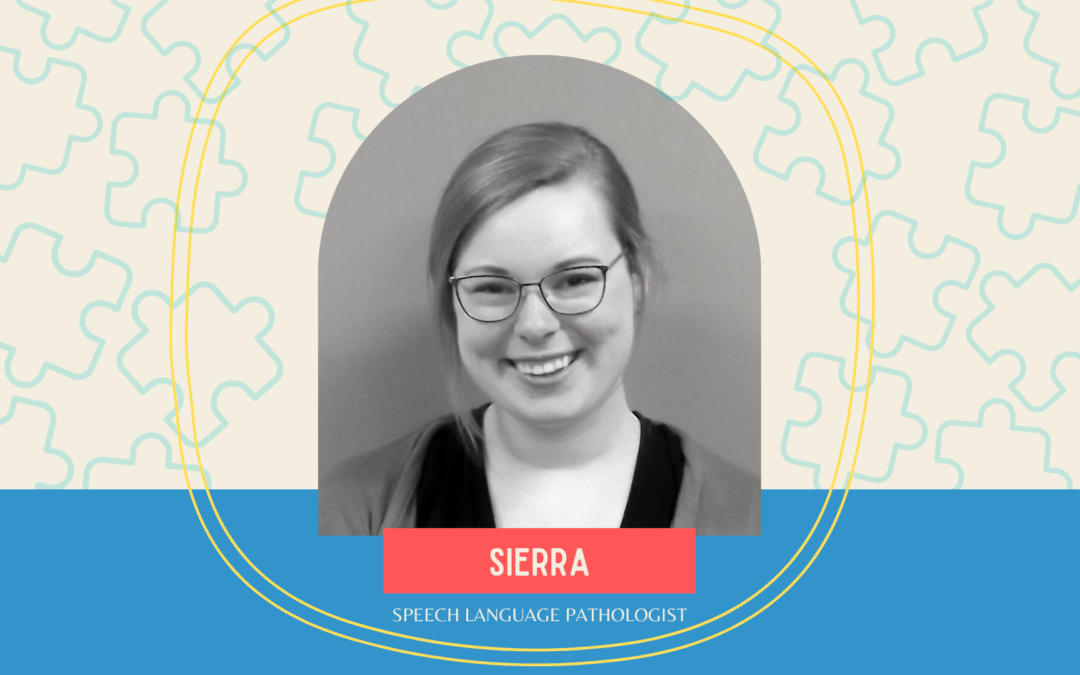Hello Everyone! My name is Sierra and I am the newest Speech Language Pathologist at the Winona center. I recently transferred to Partners in late October but have been in the field for three years after obtaining my master’s degree. Today I wanted to discuss the important role parents/caregivers’ have in helping expand a child’s language in order to target higher levels of functional communication.
When talking with a child, no matter the age or language ability, you can always provide models of more complex language. This can happen during any communication exchange from structured group activities to playing with cars on the floor. Expanding a child’s language can come in many forms and they all have their place in creating opportunities for the child’s language to grow.
- Modeling: Taking what is happening in the environment and providing a verbal model with the expectation of a child repeating what is said. For example, a child is looking at a book and sees a picture of a dog. The model could be: “The dog is running”.
- Parallel Talk: Narrating what the child is doing and what is happening during play or an activity. For example, a child is playing with cars: “You are moving the car so fast! Oh no, you crashed the car! You are so silly.”
- Self-Talk: Very similar to parallel talk but instead, narrate what you are doing rather than what the child is doing. For example, while coloring “I am going to color the horse. Look, now he is blue! Oh, he is so cute!”
- Recasting: Taking what the child says and making it more descriptive or grammatically correct. No need to have the child respond, but the simple act of providing the expanded model will show them they are understood as well as a more appropriate and accurate way to comment. For example, a child says, “baby sad” followed by you responding with the expanded phrase “Yes, the baby is sad.”
- Cloze Phrase or open-ended model: Providing a child with a verbal prompt leaving the phrase open for the child to respond. For example, you could say, “Look, the mouse is so small, and the elephant is so ________” with the goal of the child completing the phrase with an appropriate target including “big” or “large”.
These five techniques can help to expand a child’s language abilities by directly showing them how language can be utilized to communicate thoughts and ideas at a higher level. These techniques can be used with all children regardless of their verbal abilities. Modeling language for non-verbal children on their AAC system provides opportunities for them to better understand language and how they can functionally communicate using alternative forms of communication. If you have any questions on how you could help your child expand his/her language, please reach out to your child’s speech therapist. Thank you!


Recent Comments